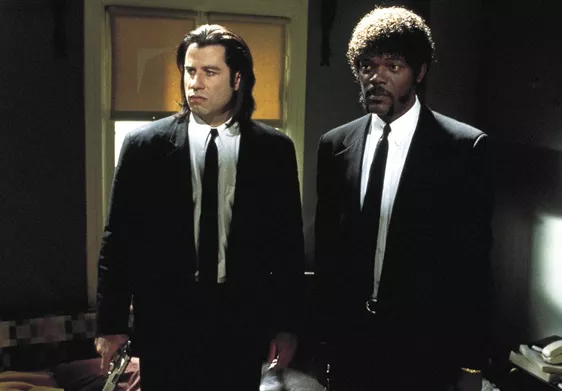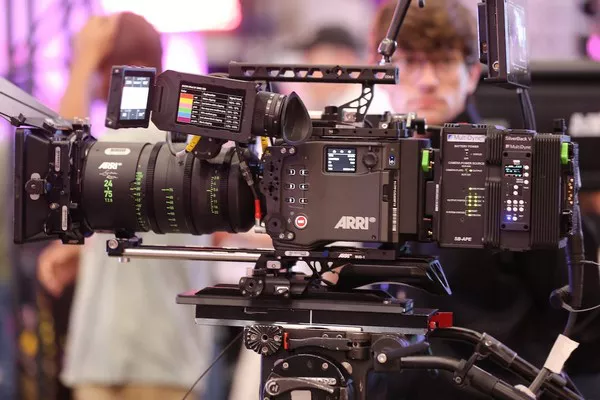Culture is a multifaceted tapestry woven together by various threads, and two prominent elements that contribute significantly to its richness are music and dance. These artistic expressions have been integral parts of human societies throughout history, serving as powerful mediums for communication, social cohesion, and self-expression. This article explores the profound importance of music and dance in culture, delving into their historical roots, social functions, and psychological impacts.
Historical Roots of Music and Dance in Culture
The symbiotic relationship between music, dance, and culture traces back to the earliest human civilizations. Archaeological findings reveal evidence of rituals, ceremonies, and communal gatherings accompanied by rhythmic sounds and coordinated movements. Primitive societies employed music and dance as integral components of religious rites, storytelling, and social bonding. These cultural practices evolved over time, adapting to the changing dynamics of societies and leaving an indelible mark on the cultural heritage of civilizations.
In ancient cultures, music and dance were inseparable from daily life, serving diverse purposes such as celebrating victories, mourning losses, and marking significant life events. The rhythmic beats and coordinated movements not only entertained but also held profound cultural and symbolic meanings. As societies progressed, so did the sophistication of musical instruments and dance forms, reflecting the cultural advancements and diversification.
Social Functions of Music and Dance in Culture
Music and dance play pivotal roles in shaping social structures and fostering a sense of community within cultures. These art forms are often central to traditional celebrations, festivals, and ceremonies, acting as unifying forces that bring people together. The communal experience of creating and participating in music and dance strengthens social bonds, promoting a shared identity and cultural continuity.
In many cultures, music and dance serve as conduits for storytelling and the preservation of cultural narratives. Folk dances and traditional musical compositions often convey historical events, myths, and cultural values, passing them down through generations. This oral tradition ensures the transmission of cultural knowledge, fostering a collective memory that binds communities together.
Furthermore, music and dance provide platforms for the expression of cultural diversity. Different regions and ethnic groups develop unique musical styles and dance forms, contributing to the rich tapestry of global cultural heritage. This diversity not only enhances the cultural landscape but also promotes cross-cultural understanding and appreciation.
Psychological Impacts of Music and Dance in Culture
The influence of music and dance on the human psyche is profound and multifaceted. Psychologically, these art forms serve as outlets for emotional expression, allowing individuals to convey feelings that may be challenging to articulate verbally. Whether through the mournful strains of a dirge or the energetic beats of a celebratory dance, music and dance provide channels for processing emotions and connecting with one’s inner self.
Moreover, music and dance have therapeutic effects on mental well-being. Music therapy is a recognized form of treatment that utilizes the emotional and cognitive responses to music to address various psychological and emotional challenges. Similarly, dance therapy incorporates movement as a means of promoting self-awareness, stress relief, and emotional healing. The universal nature of music and dance makes these therapies accessible and applicable across diverse cultures.
In cultural contexts, rituals involving music and dance often serve as mechanisms for catharsis and collective emotional release. The rhythmic patterns and synchronized movements create a shared emotional experience, fostering a sense of unity and solidarity among participants. This communal expression of emotions helps reinforce social bonds and contributes to the overall emotional resilience of the community.
Rituals, Ceremonies, and Cultural Identity
One of the most striking manifestations of the importance of music and dance in culture is their role in rituals and ceremonies. Across the globe, various rites of passage, religious ceremonies, and traditional celebrations incorporate music and dance as integral components. These rituals serve not only as expressions of cultural identity but also as means of reinforcing societal norms and values.
In many cultures, specific dances are performed during ceremonies such as weddings, funerals, and initiation rites. These dances often hold symbolic significance, representing the transition from one life stage to another or embodying cultural myths and legends. The accompanying music heightens the ritualistic experience, creating a sensory-rich environment that enhances the cultural and emotional impact of the ceremony.
Furthermore, music and dance contribute significantly to the construction of cultural identity. The distinct rhythms, melodies, and movement patterns associated with a particular culture become emblematic of that community’s heritage. As individuals engage with their cultural practices, they not only express their identity but also contribute to the ongoing evolution of their cultural traditions.
See Also: Why is Amazon Music So Expensive?
Education and Cultural Transmission Through Music and Dance
An essential aspect of the importance of music and dance in culture lies in their role as educational tools. Traditionally, these art forms have been primary means of transmitting cultural knowledge, values, and skills from one generation to the next. Through music and dance, cultural practices are passed down orally, ensuring the continuity of traditions in the absence of written records.
In many societies, children learn about their cultural heritage through participation in music and dance activities. Schools, community centers, and family gatherings provide platforms for imparting cultural knowledge through hands-on engagement with these art forms. The experiential nature of learning through music and dance fosters a deep connection to one’s cultural roots, instilling a sense of pride and belonging.
Moreover, music and dance contribute to the development of cognitive skills, emotional intelligence, and physical coordination in individuals. Learning to play a musical instrument or mastering dance routines involves intricate processes that enhance memory, concentration, and motor skills. As such, these art forms become holistic tools for personal development while simultaneously preserving cultural heritage.
Contemporary Significance and Fusion of Cultures
In the contemporary world, the significance of music and dance in culture remains vibrant and dynamic. These art forms have adapted to the changing cultural landscape, influencing and being influenced by global trends. Cultural fusion, facilitated by globalization and increased connectivity, has led to the emergence of hybrid musical genres and dance styles that bridge traditional and modern elements.
Music and dance continue to serve as powerful mediums for social commentary and activism. Artists use these forms of expression to address social issues, advocate for change, and amplify marginalized voices. In this way, music and dance become agents of cultural evolution, reflecting and shaping the collective consciousness of societies.
The fusion of diverse cultural elements in music and dance contributes to a globalized cultural landscape. Collaborations between artists from different cultural backgrounds result in innovative and inclusive creations that celebrate the richness of human diversity. This cross-cultural exchange fosters mutual understanding and appreciation, breaking down barriers and promoting a more interconnected world.
Conclusion: Harmonizing Cultures Through Music and Dance
In conclusion, the question of “Why are music and dance important in culture?” unveils a profound interconnectedness between these artistic expressions and the fabric of human societies. From their historical roots to their contemporary significance, music and dance have played pivotal roles in shaping cultural identity, fostering social cohesion, and enriching the human experience. As we continue to navigate the complexities of a rapidly changing world, the harmonious interplay of music and dance remains a timeless and universal language that transcends borders, connecting us all in the intricate dance of cultural diversity.


























